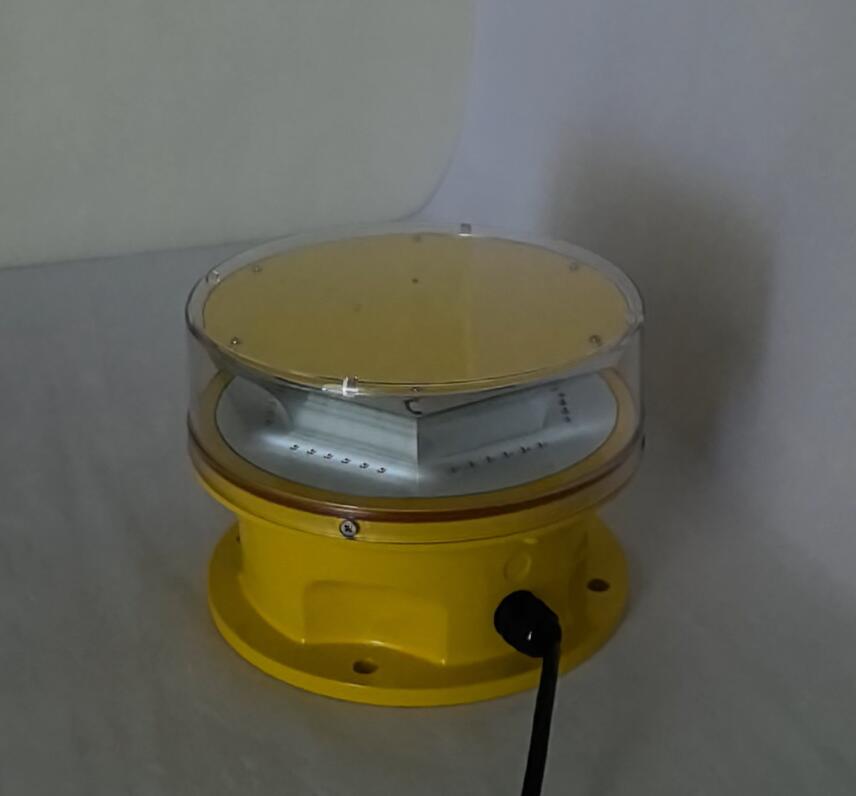Posted: 2024-08-07
In the vast expanse of our modern cities, where skyscrapers pierce the clouds and airspace is constantly buzzing with aircraft, the presence of aircraft warning lights for buildings becomes not just a matter of convenience but an absolute necessity for ensuring safety.
The concept of aircraft warning lights for buildings emerged as a response to the increasing number of tall structures and the escalating volume of air traffic. These lights are designed to provide a clear visual cue to pilots, alerting them of the presence of buildings that could potentially pose a hazard to their flight paths.
| RT | BN | Aircraft Warning Lights for Buildings | VB | ER |
The importance of these lights cannot be emphasized enough. Consider a busy airport surrounded by a dense urban area. Without the distinct marking of buildings with aircraft warning lights, pilots might struggle to identify obstacles in their path, especially during adverse weather conditions or at night. This could lead to disastrous mid-air collisions, endangering the lives of passengers and crew on board.
The technology behind aircraft warning lights has evolved significantly over the years. Initially, simple flashing bulbs were used, but now, we have advanced LED systems that offer brighter, more energy-efficient, and longer-lasting illumination. These LEDs can be programmed to produce specific patterns and intensities, enhancing their visibility from great distances.
The placement and configuration of aircraft warning lights for buildings are determined based on a set of strict guidelines and regulations. The height of the building, its location in relation to airports and flight paths, and the local terrain all play a role in deciding where and how the lights should be installed. For example, a building located near a major airport's approach path might require more lights and a more complex arrangement compared to a structure in a less trafficked area.

Maintenance of these lights is equally critical. Regular inspections are carried out to ensure that all bulbs are functioning properly, the power supply is stable, and the control systems are operating without glitches. Any malfunction or failure of the lights needs to be addressed promptly to avoid potential safety risks.
Let's take a look at some real-life scenarios where the absence or malfunction of aircraft warning lights has had serious consequences. In one instance, a tall building with dim or faulty lights was not noticed by a pilot in time, resulting in a near-miss incident. This incident served as a stark reminder of the critical role these lights play in aviation safety.
Moreover, the impact of aircraft warning lights extends beyond safety. They also have implications for urban planning and architecture. Builders and architects need to incorporate these lights into their designs in a way that doesn't compromise the aesthetic appeal of the building while still meeting safety standards. This often requires creative solutions and careful consideration during the design phase.
Aircraft warning lights for buildings are an indispensable element of our modern aviation and urban infrastructure. They act as silent guardians, ensuring the smooth and safe flow of air traffic and protecting the lives and property of countless individuals. As our cities continue to grow and our skies become more crowded, the importance of these lights will only increase. It is our responsibility to ensure that they are installed, maintained, and upgraded as needed to keep our skies safe for generations to come.